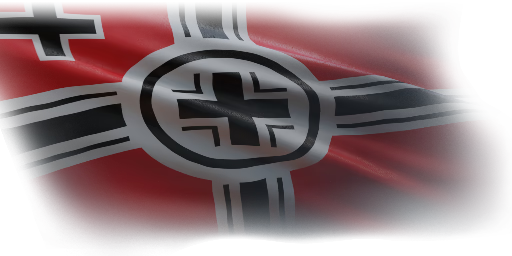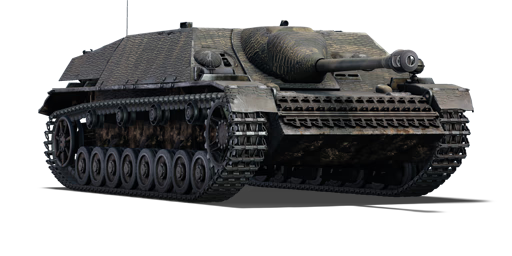



The Jagdpanzer IV (Sd.Kfz. Index: Sd.Kfz. 162) is the first variant of the Panzer IV medium tank-based tank destroyer family. It was created as a successor to the Sturmgeschütz III assault gun family against the wishes of Heinz Guderian, the inspector general of the Panzertruppen, and was the first casemate-style turretless tank destroyer built on a Panzer IV medium tank chassis. It is armed with a 75 mm Panzerjägerkanone 39 L/43 tank gun. The armour plates on the front are sloped. Internally, the ammunition racks and fuel tanks were moved to make room for the new superstructure. The auxiliary engine that drove the turret traverse mechanism was removed from the vehicle since it did not have a turret. The 80 mm thick sloping armour on the new superstructure provided effective protection equivalent to more than 100 mm of vertical armour. The superstructure was constructed from huge, interconnecting plates that were welded together to simplify the production process.
Introduced in the Closed Beta Test for Ground Forces before Update 1.41, the Jagdpanzer IV is a heavily armoured tank destroyer that can be played in both offensive and defensive roles. Its strong frontal armour plates make it difficult for most adversaries to penetrate. However, since it lacks a turret, players should not use it on city maps with narrow streets. Nevertheless, it is a formidable vehicle with excellent defence and main armament. It should be easy for players to take the initiative and lead the attack or hold down choke points.
| Ammunition | Type | Armor penetration (mm) at a distance: | |||||
|---|---|---|---|---|---|---|---|
| 10 m | 100 m | 500 m | 1000 m | 1500 m | 2000 m | ||
| APCBC | 145 | 143 | 130 | 116 | 104 | 93 | |
| HE | 10 | 10 | 10 | 10 | 10 | 10 | |
| HEAT | 80 | 80 | 80 | 80 | 80 | 80 | |
| APCR | 182 | 177 | 159 | 140 | 122 | 107 | |
| Smoke | 3 | 3 | 3 | 3 | 3 | 3 | |
| Belt | Belt filling | Armor penetration (mm) at a distance: | |||||
|---|---|---|---|---|---|---|---|
| 10 m | 100 m | 500 m | 1000 m | 1500 m | 2000 m | ||
| AP/AP/AP-T | 13 | 12 | 7 | 3 | 2 | 0 | |












Mobility | |
|---|---|
Protection |
|---|
Firepower | |
|---|---|